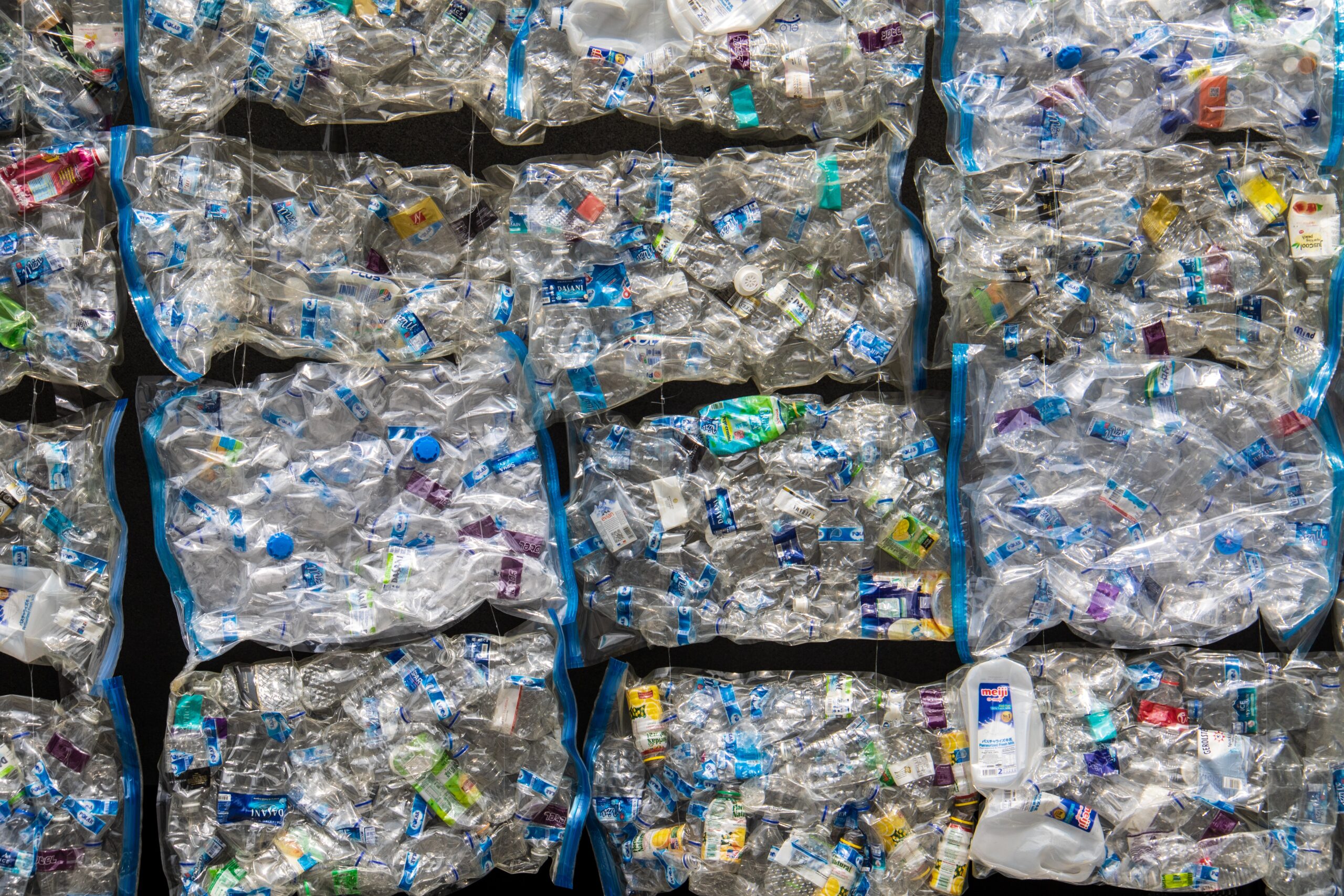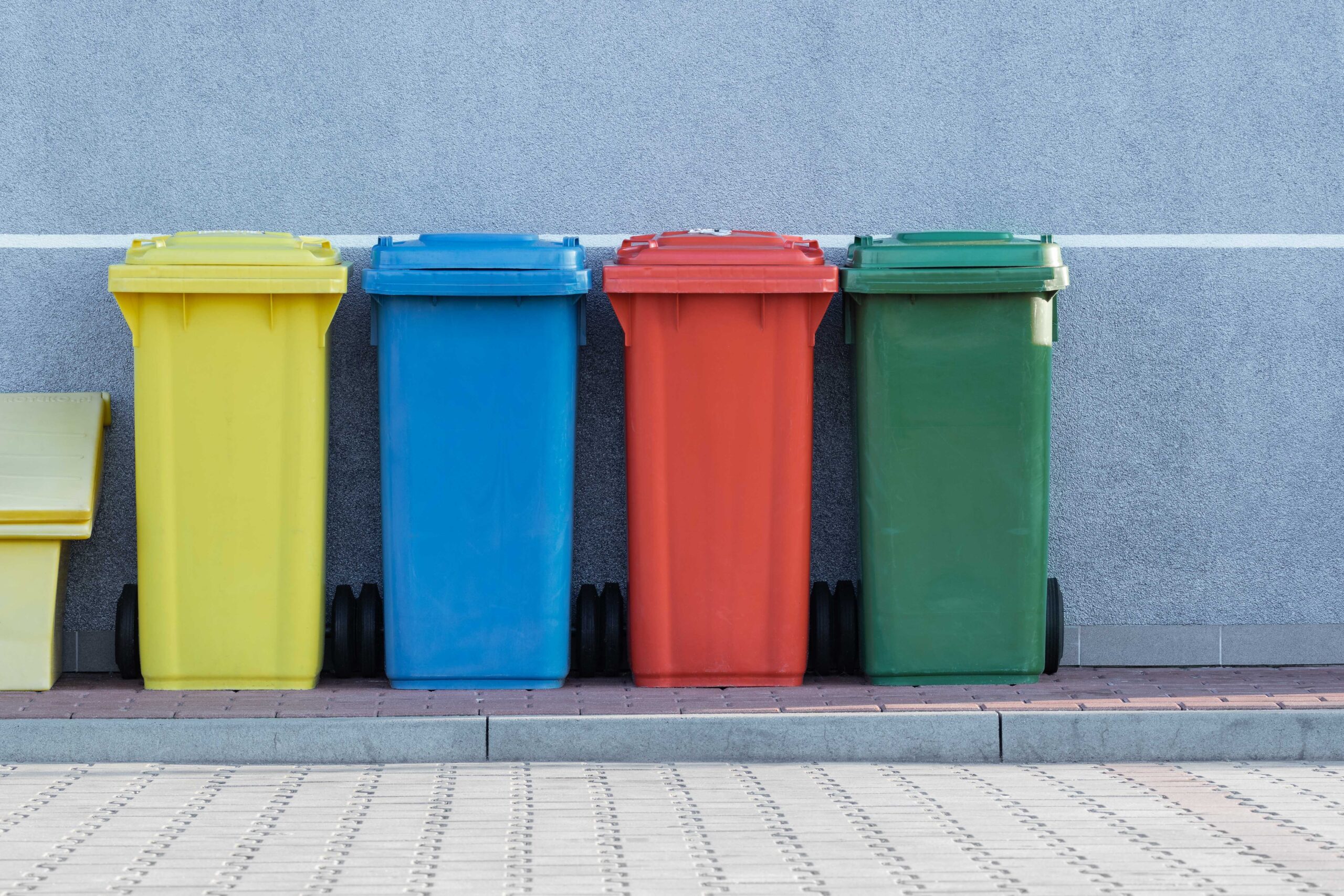
Plastic is one of the world’s most versatile materials, a major part of many products we use today. Unfortunately, its production and consumption have seen dramatic increases over recent decades, leading to pollution concerns. On the positive side, unlike many other materials, plastic can be recycled. But the question is: Can recycled plastic be recycled again? Yes, plastic is infinitely recyclable, and recycled plastic is used across many industries, helping to reduce plastic waste.
Here we’ll cover the advantages of recycled plastic, the most recycled types of plastics, how the recycling process works, and its various applications.
The Benefits of Recycling Plastics
Recycled plastic provides numerous benefits to both the environment and the economy. Here are some of the most important:
- Reduces the amount of plastic waste in landfills, oceans, and habitats
- Reduces air pollution as burning plastic releases toxic gases that can be damaging to human health and the environment
- Enhances economic growth as recycling plastic can create new jobs in the processing, sorting, and manufacturing of recycled products
- Creates raw materials that can be used to manufacture other products such as textiles, carpets, insulation, and packaging – the fact that recycled plastic can be recycled again to make more of these products, makes it so valuable
- Promotes sustainability as recycling reduces the need for extracting (mining, drilling etc.) virgin resources from the Earth, which may lead to environmental damage
- Can be used to create new products, such as furniture or construction materials, that can be sold for a profit by small businesses and entrepreneurs
The Most Commonly Recycled Plastics
Plastics are an integral part of everyday life – whether you’re in retail, manufacturing, or as an individual consumer. From plastic bags to water bottles, toys, and even car parts – plastics have a place in our lives. Unfortunately, there’s also an ever-increasing stream of waste to manage. Thankfully, many types of plastic and even recycled plastic can be recycled again. Here are some of the most recycled types:
- ABS (Acrylonitrile Butadiene Styrene) – ABS is a strong and lightweight thermoplastic often used in automotive and consumer electronics applications. ABS can easily be recycled due to its superior durability. It’s ideal for 3D printing projects, pipes, and other items requiring high-strength plastic.
- Acrylic – Acrylic is a transparent thermoplastic commonly used for window glazing and displays. Its lightweight nature and resistance to weathering and impact make it ideal for many applications. Like many plastics, it is infinitely recyclable and reused in appliances and toys.
- HDPE (High-Density Polyethylene) – HDPE is a high-impact and easy-to-process thermoplastic used in various applications. It has chemical resistance, which makes it popular in food packaging, medical supplies, and construction materials. This recycled plastic can be recycled again to make the same products.
- High-Impact Polystyrene (HIPS) – HIPS is an amorphous and easy-to-form thermoplastic that is also recyclable. It’s commonly used in packaging, toys, and other items that need a stable and flexible material.
- Nylon – Nylon is a tough and wear-resistant synthetic polymer. It’s commonly used in clothing, fishing line, and other applications that need an ultralight material.
- Low-Density Polyethylene (LDPE) – LDPE is a semi-crystalline and chemical-resistant thermoplastic commonly used in food packaging, toys, and other items requiring strength and flexibility.
- PETG (Polyethylene Terephthalate Glycol-Modified) – PETG is a formable thermoplastic commonly used in food packaging, medical supplies, and other items requiring strength and portability. Can this recycled plastic be recycled again? Yes, and multiple times due to its formable and easy-to-fabricate properties.
- Polycarbonate – Polycarbonate is a tough and heat-resistant thermoplastic commonly used in safety glasses, CDs, and other items requiring high strength.
- Polypropylene – Polypropylene is a strong yet flexible thermoplastic commonly used in packaging, food containers, and other items requiring strength and portability.
- UHMW (Ultra High Molecular Weight Polyethylene) – UHMW is an extremely tough, abrasion-resistant thermoplastic. It’s commonly used in applications requiring heat resistance, pressure resistance, and abrasion resistance.
The Step-by-Step Process of How Plastics are Recycled
Now that we understand that plastic is infinitely recyclable, let’s look at the recycling process.
- Collection – The initial step in recycling is collecting materials that need recycling. This can be done by individuals, businesses, or municipalities and may take place at a recycling center, curbside collection point, or through buyback programs. This process is critical so that even already recycled plastic can be recycled again instead of being thrown away, polluting the environment.
- Sorting – Once all materials have been collected, they must then be separated by type. This ensures plastics are separated from other items like paper, glass, or metal. This step can be completed manually or with machines.
- Shredding – The next step in recycling is to shred plastics into small pieces using a machine designed for this purpose. Doing so makes it easier for the plastic to be melted down and reformed into new products.
- Melting – Once the plastics have been shredded, they’re melted down in a large furnace that can reach temperatures over 800 degrees Fahrenheit. The molten plastic is then formed into pellets, which can be used to create new recycled plastic products that can be recycled again.
- Reforming – Melted plastic pellets are then reformed into desired products by molding them into desired shapes and sizes. These reformed plastics can then be used to craft new items such as bottles, containers, toys, and more.
- Distribution – The final step in recycling is distributing new products. This can be done by selling them to retailers or other methods. After these items have been distributed, they can then be utilized by consumers.
With the steps outlined above, individuals, businesses, and municipalities can help reduce plastic waste that ends up in landfills, creating a more sustainable future.
The Numerous Applications of Recycled Plastics

- Construction and Building Materials – Recycled plastics are often employed in constructing buildings and other structures, from roof tiles and wall panels to insulation materials. With recycled plastic, you can build stronger, more efficient buildings. It can also be utilized to craft outdoor furniture like benches, tables, and chairs that fit any outdoor setting.
- Packaging and Containers – From food containers and bottles to shopping bags and boxes, recycled plastic can be utilized to create strong, lightweight, and cost-effective products. Furthermore, recycled plastic packaging tends to be more sustainable and eco-friendly than its traditional counterparts.
- Automotive Parts – From bumpers and fenders to dashboards and side mirrors, recycled plastic from old, damaged, or salvaged cars can be recycled again, and the new pcan be arts used to make vehicles lighter, stronger, and more energy-efficient. Plus, manufacturers are using polymerization catalysts to ensure these parts last longer.
- Medical Equipment – From implants and prosthetics to surgical instruments and hospital bedding, recycled plastic can be utilized to create durable and cost-effective products.
- Clothing and Textiles – Recycled plastics are commonly used to craft certain clothing parts and other textiles, such as buttons, zippers, and fasteners. The advantage of recycling plastics for these uses is their durability; they provide a water-resistant material that lasts longer than natural fibers.
Learn More About Plastic Recycling at Polymershapes
At Polymershapes, we provide businesses with an invaluable resource to further reduce their environmental footprint through plastic recycling. Because recycled plastic can be recycled again as many times as needed, both producing plastics and developing the means to recycle them are smart business investments. Partner with us today for a hassle-free transition to more sustainable waste management practices.
Contact your local Polymershapes facility or talk to our experts to understand why plastic is infinitely recyclable and how it can be a core part of your environmental and social responsibility.




